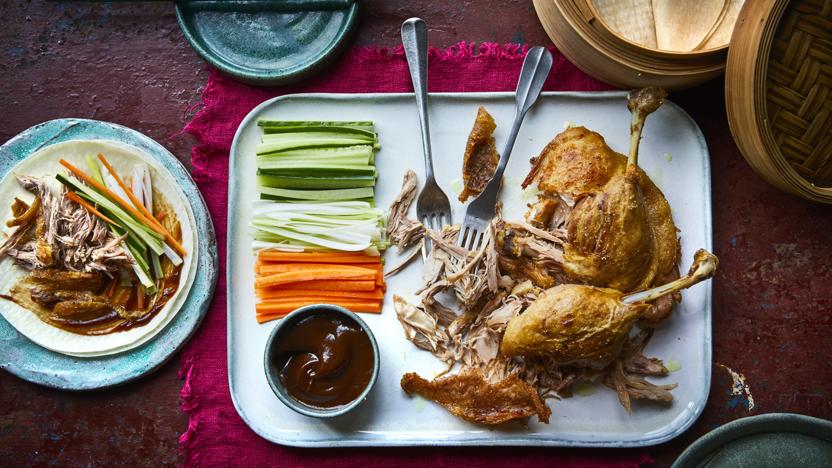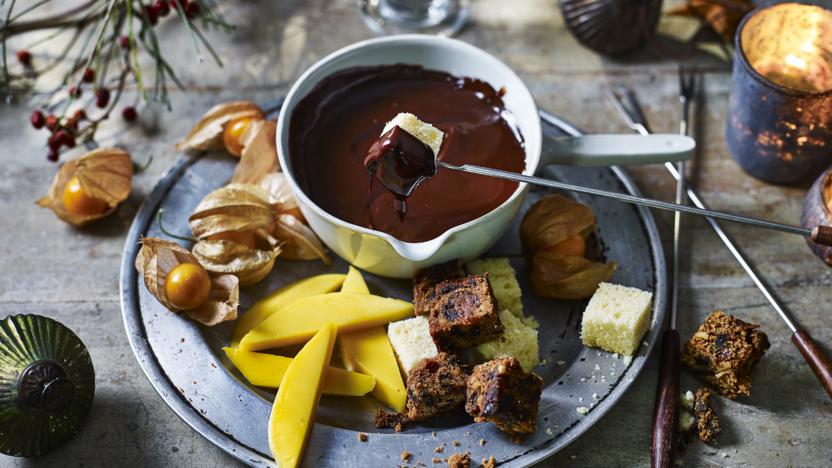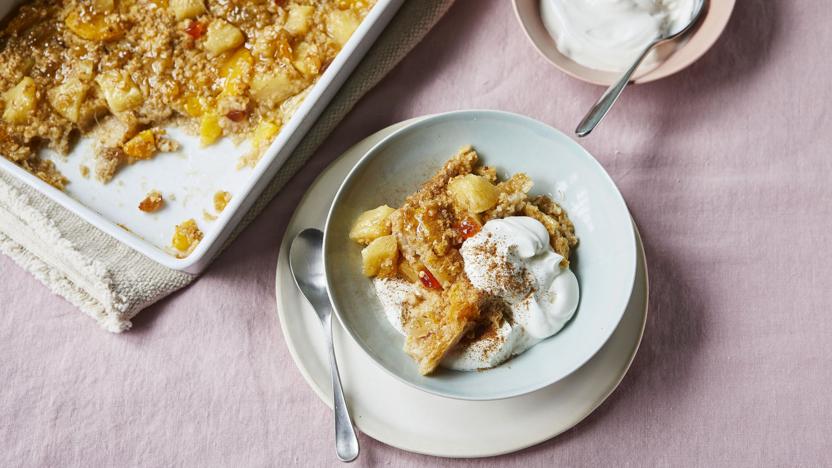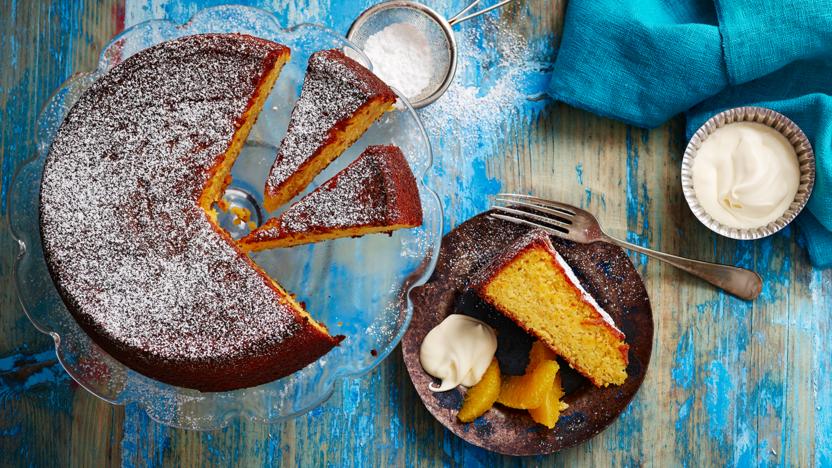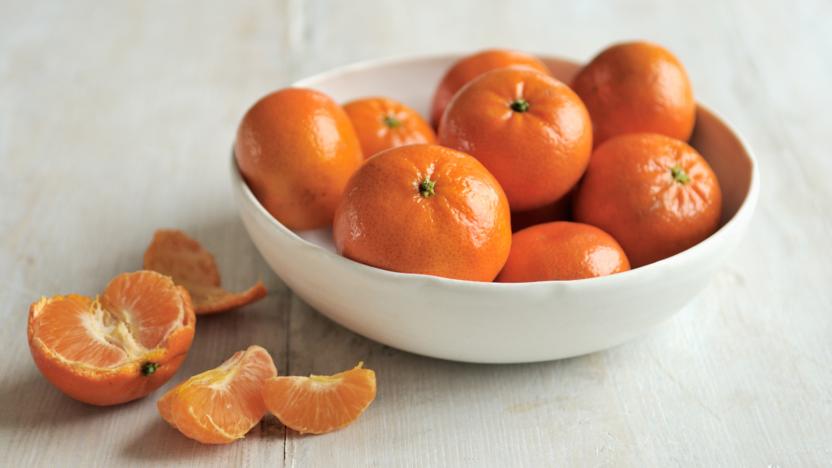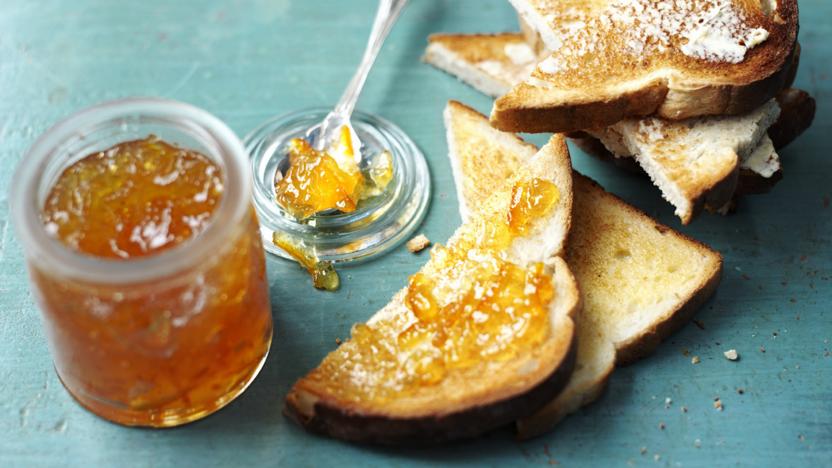Mandarin recipes
Mandarin is a generic name for mandarins, tangerines and satsumas. It refers to yellow- or orange-skinned citrus fruit that are smaller than an orange with easily separable segments. The flesh of mandarins contains more water and less sugar than an orange.
Polenta has a unique texture and can carry other flavours really well, especially citrus. When baked in a cake, it produces a sturdy structure and acts like a sponge, drawing in all the flavour from the orange syrup.
More mandarin recipes
Buyer's guide
Different varieties of mandarin are available throughout the winter months.
Preparation
The term ‘mandarin’ is often interchangeable with ‘tangerine’. The former is yellow, the latter deep-orange and both have slightly flattened shapes. Both have fibrous strands of pith under a loose rind, which means that they need to be carefully peeled. Their zest is not easy to grate and their easily separable segments make it harder to cut out the flesh from each segment. It is easiest to eat them as they come or juice them and combine the juice with lemon juice to make a tangerine sorbet or iced mandarin soufflé.

